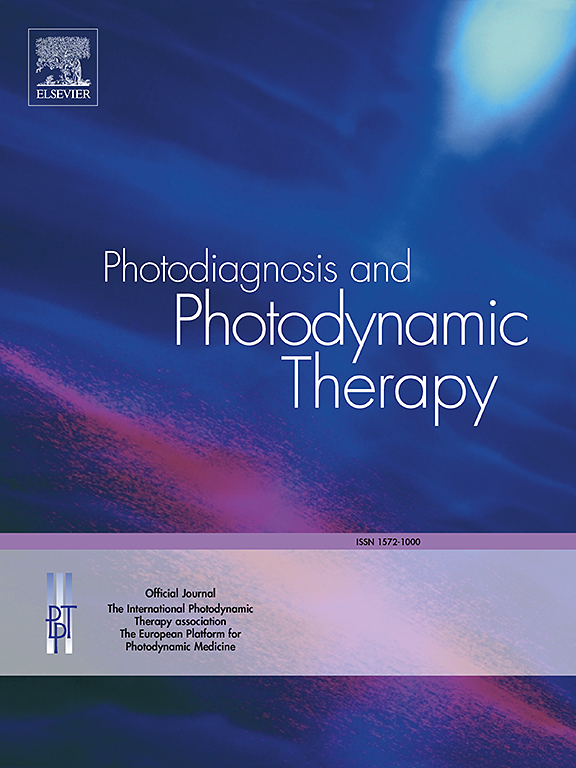Changes in retinal microvasculature and serum Gremlin-1 levels in acromegaly: A case-control study
IF 3.1
3区 医学
Q2 ONCOLOGY
引用次数: 0
Abstract
Objective
There are controversial results about the effects of GH/IGF-1 on retinal vasculature. Gremlin-1 has roles in both pituitary tumorigenesis and angiogenesis. Therefore, we aimed to detect retinal micro-vascular changes in acromegaly with OCTA and examine its association with serum Gremlin-1 levels.
Design
A cross-sectional, case-control study
Methods
We included 53 acromegaly patients and age/gender-matched 31 healthy controls. To evaluate retinal structure, optical coherence tomography angiography (OCTA) imaging was performed. Gremlin -1 levels were measured by the ELISA method.
Results
Acromegaly patients had significantly lower superficial total density (p < 0.001), superficial parafoveal density (p = 0.002), superficial perifoveal density (p < 0.001); deep total density (p < 0.001), deep parafoveal density (p < 0.001), deep perifoveal density (p < 0.001). Total thickness and perifoveal thickness were significantly lower in the acromegaly group.
Gremlin-1 levels were significantly lower in acromegaly patients (1.22(0.13) vs 1.38(0.29); p = 0.015, for acromegaly and control groups, respectively). We assessed study groups based on glucose tolerance status. Normal glucose tolerance (NGT) acromegaly patients had significantly lower superficial total density (p = 0.036), superficial perifoveal density (p = 0.003), deep total density (p = 0.023), and deep perifoveal density (p = 0.023) compared to NGT controls. According to backward linear regression analysis, the presence of acromegaly itself consistently showed a significant negative impact on all types of vascular density.
Conclusion
Patients with acromegaly have decreased vascular density and lower levels of Gremlin-1 independent of glucose tolerance status. Acromegaly may cause a reduction in gremlin-1 as a compensatory mechanism due to high IGF-1 levels known as an angiogenic factor, which in turn leads to the decrease in vascular density, or gremlin-1 may already have shown a decline in response to chronic inflammation and endothelial dysfunction in acromegaly resulting in a reduction in vascular density.
肢端肥大症患者视网膜微血管和血清 Gremlin-1 水平的变化:一项病例对照研究。
目的:关于 GH/IGF-1 对视网膜血管的影响存在争议。Gremlin 1 在垂体肿瘤发生和血管生成中都有作用。因此,我们旨在用 OCTA 检测肢端肥大症患者视网膜微血管的变化,并研究其与血清 Gremlin-1 水平的关系:方法:我们纳入了 53 名肢端肥大症患者和 31 名年龄/性别匹配的健康对照者。为了评估视网膜结构,进行了光学相干断层血管成像(OCTA)。用酶联免疫吸附法测定格雷姆林-1的水平:结果:肢端肥大症患者的表层总密度(p)明显降低:结论:肢端肥大症患者的血管密度下降,Gremlin-1水平降低,与葡萄糖耐量状态无关。肢端肥大症可能是由于被称为血管生成因子的IGF-1水平过高而导致gremlin-1水平降低,进而导致血管密度下降,或者是由于肢端肥大症患者的慢性炎症和内皮功能障碍导致gremlin-1水平下降,进而导致血管密度下降。
本文章由计算机程序翻译,如有差异,请以英文原文为准。
求助全文
约1分钟内获得全文
求助全文
来源期刊

Photodiagnosis and Photodynamic Therapy
ONCOLOGY-
CiteScore
5.80
自引率
24.20%
发文量
509
审稿时长
50 days
期刊介绍:
Photodiagnosis and Photodynamic Therapy is an international journal for the dissemination of scientific knowledge and clinical developments of Photodiagnosis and Photodynamic Therapy in all medical specialties. The journal publishes original articles, review articles, case presentations, "how-to-do-it" articles, Letters to the Editor, short communications and relevant images with short descriptions. All submitted material is subject to a strict peer-review process.
 求助内容:
求助内容: 应助结果提醒方式:
应助结果提醒方式:


